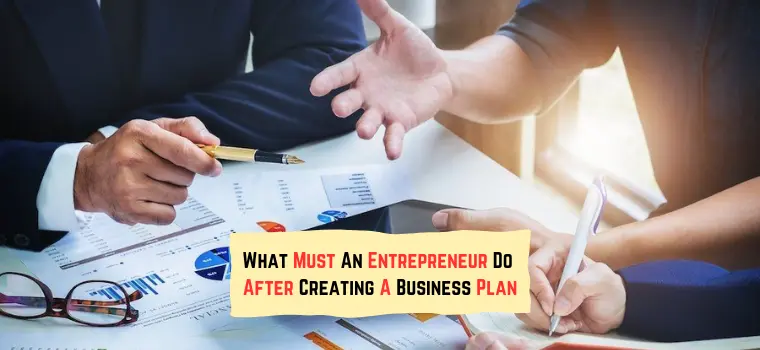Motivation
How to Interpret and Break through Creative Blocks


By Ronald Alexander
As a mind-body therapist working with creative clients for increasingly than 40 years, I discovered that blocks to creativity can be rooted in old losses or trauma and can occur unexpectedly.
That’s what happened to one of my clients who was a writer and who had been successful in her craft for many years. But suddenly she ripened writer’s block. When she came into my office, she reported that she felt as if she were inside a large woodcut of ice and her stovepipe and hands were frozen. She had no ideas and would stare at her palmtop screen paralyzed, unable to type increasingly than a few sentences surpassing deleting them.
After I took her medical and psychological history over a few sessions, I recognized signs that she might be dealing with unconscious trauma and abuse. I knew my vendee had to release the pain and vexing emotions, and then harness them to use in her own self-directed pursuit. Doing this healing work could help her get to a new level in her writing, as I’ve seen happen with other clients.
I felt confident that Somatic Experiencing work, a therapy aimed at processing trauma, would help my vendee liberate herself from her creative block. As we worked together, I asked her to meditate and focus on her “blocked” feeling. Where did it reside? What were its qualities? As she identified the blockage, her shoulders rolled forward, and she wilting in on herself as if she were frail and frightened. She began describing how she had been molested by a family member, a memory she hadn’t retrieved for many decades.
As we worked together, she began to have dreams of scenes from the screenplay she was trying to write, and, upon waking, she felt renewed and eager to work. Soon her writer’s woodcut began to melt away.
My client’s story illustrates that, sometimes, a feeling of stuff stuck in a rut — a woodcut — can be unfluctuating to something deeper that our unconscious needs to shepherd to. Towards the end of our therapy, as my vendee was once then writing, she told me that it felt as if the ice blocks had melted and wilt streams and rivers of trappy words.
Emotions don’t just reside in your brain. You wits them in your body. Plane if you don’t finger that you’ve experienced a trauma, emotions can get stuck energetically in your body. A mindfulness meditation practice and mindful movement, such as yoga and Tai Chi, can help you discover insights that might include past trauma, and you might be worldly-wise to release the emotional energy related to trauma by using these techniques. Many people, though, find it difficult to wangle their emotions. They finger numb or finger minimal emotion plane in situations where we’d expect would rationalization a strong emotional reaction.
Here are four techniques to help you get in touch with your emotions:
1. Immerse yourself in works of originative expression. Go to art museums and galleries, concerts and comic or flit performances if you can, but moreover find online sources of art, whether it’s a website for a museum or an artist, a site for originative photographs of nature, or something else. Take time to sit back, turn off any devices that might interrupt you and listen to music that will take you on a deep journey inside yourself.
2. Tune into the feelings they evoke. Engage in mindful listening, paying sustentation to your emotional and physical responses to the experience. What, if any, thoughts come up? Notice them and consider writing lanugo your impressions in a periodical or sketching them during or without the session.
3. Watch a mucosa or read a typesetting that inspires you. Reflect on how and why you finger inspire, then writing or recording your thoughts.
4. Breathe through the distress. If uncomfortable emotions or sensations arise, take deep, slow breaths and exhale slowly to cue your parasympathetic nervous system to wilt active. Slow, mindful breaths will relax you as the emotion moves through your soul and your stress hormone levels drop.
These activities can often bring your emotions and sensations into your consciousness. You might find yourself tearing up over a piece of music or when reading a passage in a typesetting and decide to explore why you were so moved. Did a forgotten memory resurface? Did you connect with an aspiration you set whispered long ago? If you start to cry well-nigh a weft in a typesetting or movie’s emotional pain, you might find that you’re ready to reflect on your own emotional pain, having now released some of it through your tears.
* * *
Ronald A. Alexander, PhD, is the tragedian of the new book, Core Creativity: The Mindful Way to Unlock Your Creative Self (Rowman & Littlefield, June 21, 2022), upon which this vendible is based. He is a creativity coach, consultant, and mind-body psychotherapist. He has a private psychotherapy and executive coaching practice in Santa Monica, California. He’s the executive director of the OpenMind® Training Program that offers personal and professional training programs in mindfulness-based therapies, transformational leadership and meditation. He is moreover the tragedian of the highly well-known book, Wise Mind, Open Mind: Finding Purpose and Meaning in Times of Crisis, Loss, and Change (2008). Learn increasingly at www.CoreCreativity.com.
The post How to Interpret and Break through Creative Blocks appeared first on Pick the Smart-ass | Motivation and Self Improvement.





